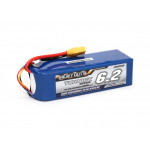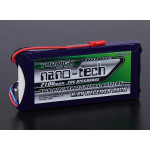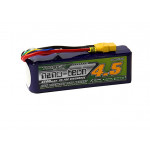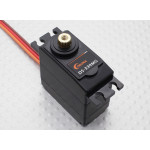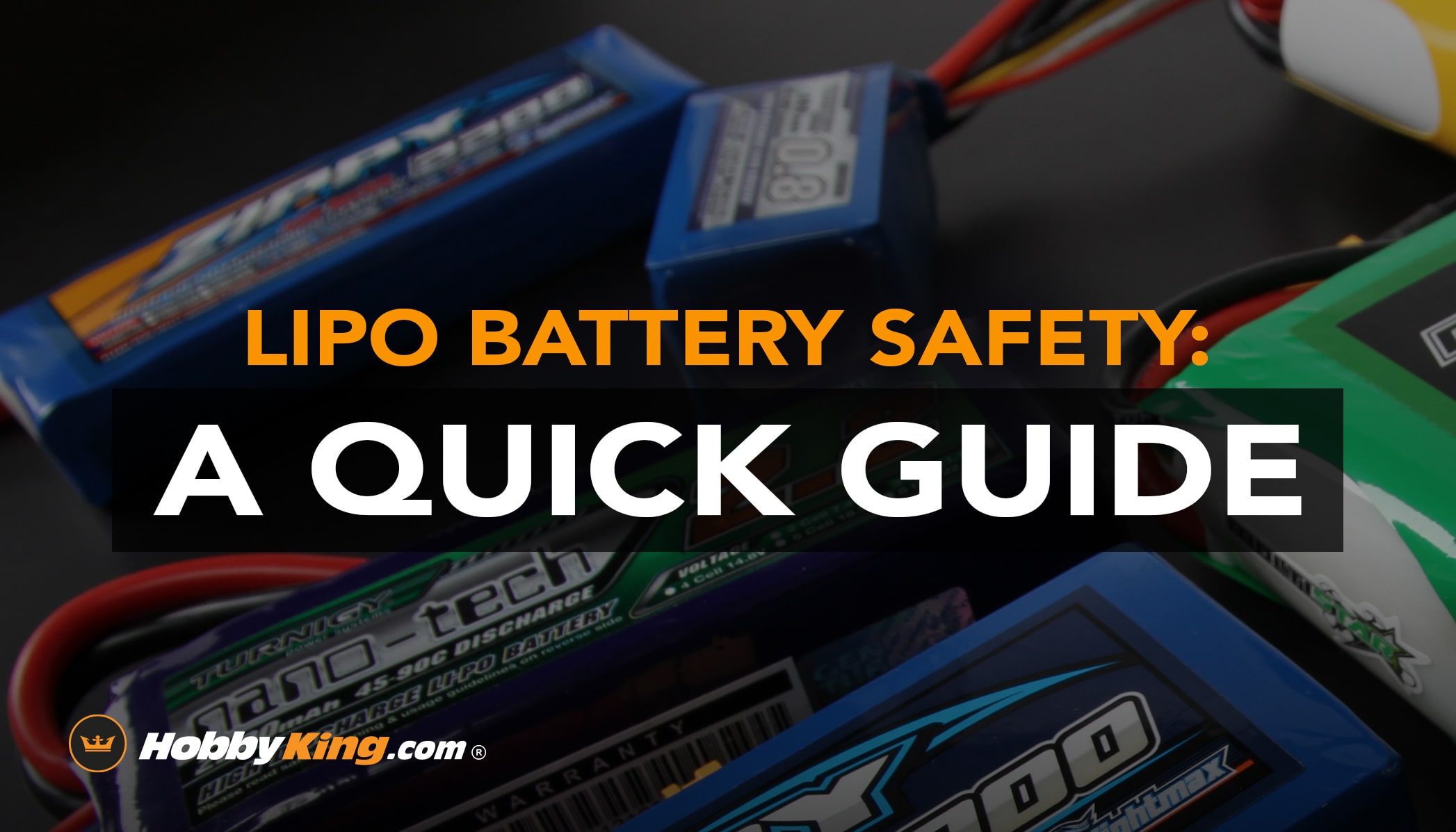
Lithium Polymer or LiPo batteries are the preferred choice when it comes to powering modern RC models including RC cars, planes, boats, helicopters, and drones. While they do provide unprecedented advantages over their predecessors, they also come with more risks.
Improper usage of LiPo batteries can get fairly dangerous as they are flammable. However, when used responsibly, LiPos are only as dangerous as their users. Here is a quick guide on how to handle, charge, store, and discharge your LiPo batteries safely.
How to Handle LiPo Batteries Safely
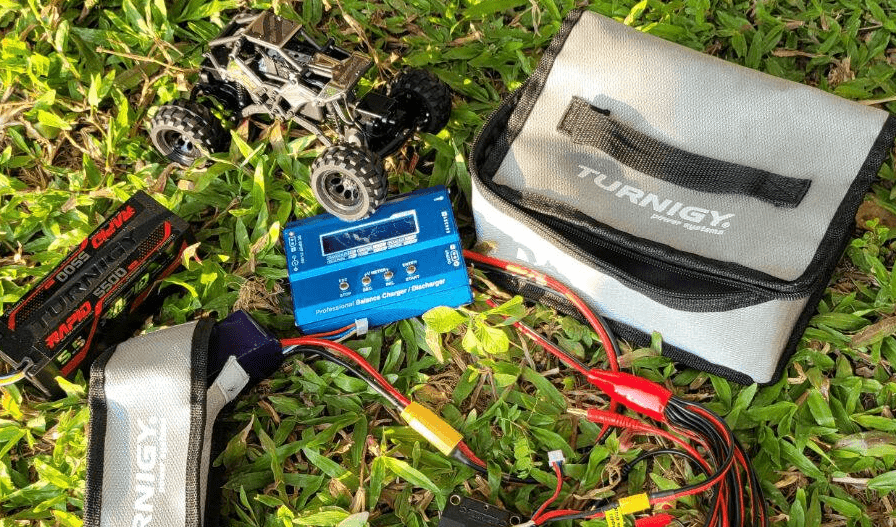
- Never try to disassemble or alter a LiPo pack by yourself; if the inner foil is exposed to air, your LiPo may explode.
- Never intentionally puncture, smash, bump, hit, or apply any unnecessary force to your LiPo pack or related components.
- Never keep sharp objects near your LiPos. A ruptured foil or wrapping can lead to a fire.
- Never immerse your LiPos in water and mitigate any possibilities for getting them wet.
- Always handle your LiPos with care and avoid dropping them from height as this may lead to an internal short which can lead to a fire.
- Always keep your LiPos in fireproof bags when not in use and refrain from putting them into your pockets even for short periods
- Always take your LiPos out from your model and store them in a fireproof bag when you’re done.
- Always keep your battery connectors/ terminals away from metal objects as this can lead to a short circuit which may ultimately lead to a fire.
- Never expose your LiPo batteries to extreme temperatures or in direct sunlight for prolonged periods. The suitable temperature range is between 40 - 120°F (4 - 49°C).
- Check the Internal Resistance (IR) and Voltage (V) of your LiPos which have been stored away for more than six months. For regular LiPos, the voltage of each cell should not be below 3V while the IR should not exceed the original value by over 80-90%.
Charging Your LiPo Batteries

- Always charge your LiPos with a charger designed for LiPos. If a charger supports multiple chemistries, make sure to choose the right option. Failure to do so can at the very worst, cause injuries to the user and even property damage in extreme cases.
- Always set the charger with the proper charge parameters - cell count, cell voltage, and current setting - as indicated on your LiPo’s label. To make sure you are charging your LiPos correctly, read our blog: How to Charge LiPo Batteries: A Beginner’s Guide.
- When uncertain, always charge your LiPos batteries at a rate of 1C. 1C just means to charge your battery at 1A for every 1000 mAh. So, for a 3000 mAh battery, you would charge at 3A, for a 5000 mAh battery, you would charge at 5A.
- Always put your LiPo in a LiPo Safe (Fireproof) bag before charging.
- Never charge a battery pack that has been punctured or damaged.
- Always charge batteries in an open area away from flammable materials, liquids, and surfaces.
- Never charge your LiPo batteries inside a Vehicle.
- Heat kills LiPos, the hotter a battery gets, the shorter the lifespan will be. Never charge a battery that is still warm after usage, and never use a battery that is still warm from charging.
- Never let the positive and negative battery leads touch each other. This can lead to a short circuit which may heat the battery up and ultimately, lead to a fire or explosion.
- Always check the voltage of your LiPos before charging to ensure that they are at, or above the minimum safe starting voltage. If starting voltage is below recommended levels, then your LiPo was probably over-discharged or has experienced a failure and should NOT be charged.
- If you notice your LiPo battery is swelling (puffing) while charging, stop immediately and dispose of it once it has cooled down.
- Never leave a charging battery unattended; this is the single biggest cause of all LiPo accidents. If you need to step out for a bit, stop charging and unplug everything, resume when you are back.
Discharging & Storing Your LiPo Batteries
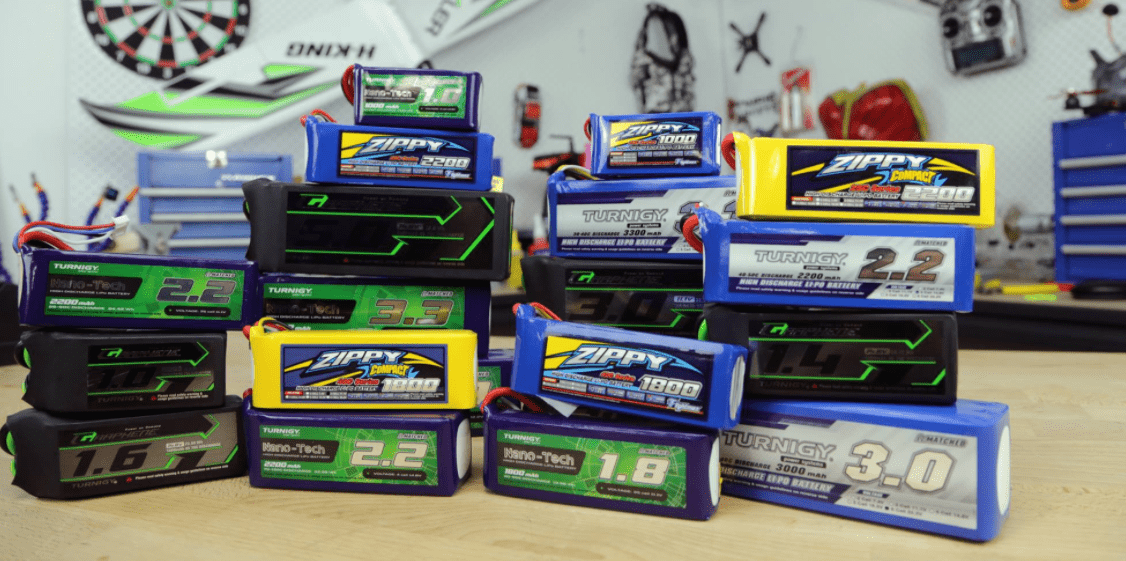
There are two main reasons to discharge your LiPos: to test your battery (voltage and capacity), and for storage. If you store a LiPo battery fully charged, this will exponentially increase the internal resistance (IR) of your battery, rendering it highly inefficient which cuts into your run-times, as well as its overall cycle life.
On the other hand, if you store your LiPos below the manufacturer’s suggested voltage, the internal makeup - anode (negative terminal) and liquid electrolyte - can get irreversibly damaged and your LiPo may never charge again.
- If you will not be using your LiPos for more than three days, then put them into storage mode.
- Never store your LiPos fully charged, the industry standard is to store a regular LiPo at 3.8V per cell. Make sure each cell is as balanced as possible.
- Always put your LiPos in a LiPo Safe (Fireproof) bag when storing.
- Always store your LiPos at room temperature of between 40 - 70 °F (4 - 21°C).
- Never discharge your LiPos below 3V under load (connected to an RC model or with a charger with discharging capabilities).
- Never discharge your LiPos at amperage rates higher than specified on the product label.
- Always use a battery meter to check the Voltage(V) and Internal Resistance (IR) of your LiPos which have been stored away for more than six months before attempting to charge. For regular LiPos, the voltage of each cell should not be below 3V while the IR should not exceed the original value by over 80-90%.
To learn more about LiPos read our Blogs:
Understanding the Numbers and Letters on a LiPo Battery
3 Steps to Determine If your LiPos are Safe
RC Batteries: LiPo Vs NiMH – Why LiPos are Better
How to Charge LiPo Batteries: A Beginner’s Guide
---
Hear it First: Join our Mailing List
Sign up to receive new product updates, exclusive discounts, news, and more!

